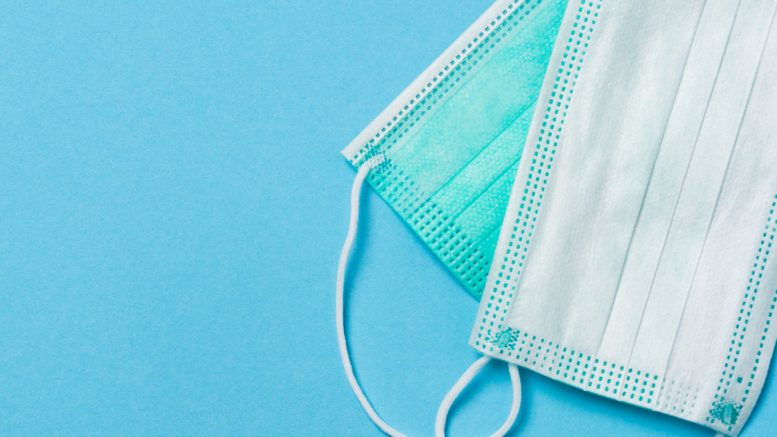Although global vaccination efforts against SARS-CoV-2 are underway, the public is urged to continue using face masks as a primary intervention to control transmission. Recently, U.S. public health officials have also encouraged doubling masks as a strategy to counter elevated transmission associated with infectious SARS-CoV-2 variants. The Centers for Disease Control and Prevention investigators reported that doubling masks increased effectiveness, but their assessment was limited in type and combinations of masks tested, as well as by the use of head forms rather than humans. To address these limitations, this study by Sickbert-Bennett, et al. (2021) compared the fitted filtration efficiency (FFE) of commonly available masks worn singly, doubled, or in combinations.
Face-covering FFE was measured on one female volunteer (weight, 53 kg; height, 160 cm; head circumference, 56.0 cm) and two male volunteers with shaven faces (weight, 75 kg; height, 178 cm; head circumference, 58.5 cm; and weight, 76 kg; height, 175 cm; head circumference, 55.9 cm, respectively), as described previously. In brief, FFE corresponds to the concentration of particles behind the mask expressed as a percentage of the particle concentration in a sodium chloride particle–enriched chamber atmosphere [FFE% = 100 × (1 − behind the mask particle concentration/ambient particle concentration)] measured during a series of repeated movements of the torso, head, and facial muscles as outlined by the Occupational Safety and Health Administration Quantitative Fit Testing protocol. Chamber temperatures were 22 °C to 24 °C, and relative humidities were 42% to 52%. For the doubling of each procedure and cloth mask tested, the same mask worn singly served as a control. For all cloth–procedure mask combinations, the same procedure mask (Intco) was used for all, with the single cloth mask serving as the control. The institutional review board at the University of North Carolina at Chapel Hill waived the need for study approval as well as individual consent needed for device testing.
Procedure masks worn singly by study volunteers showed a range of mean (SD) FFE between 43% (2%) and 62% (11%). On average, across all masks and volunteers, adding a second procedure mask improved mean (SD) FFE from 55% (11%) when single masking to 66% (12%) when double masking. Single cloth masks performed less efficiently (mean [SD] FFE range, 41% [12%] to 44% [12%]) than the procedure masks. Doubling a cotton mask improved FFE but could reduce breathability.
Although adding a procedure mask (mean [SD] FFE, 61% [13%]) over the cloth masks provided modest increases in their FFE (mean [SD] range, 55% [10%] to 60% [14%]), the overall performance was no different than wearing the procedure mask by itself. In contrast, wearing a procedure mask under the cloth face covering produced marked improvements in overall FFE (mean [SD] range, 66% [5%] to 81% [6%]).
Reference: Sickbert-Bennett EE, et al. Fitted Filtration Efficiency of Double Masking During the COVID-19 Pandemic. JAMA Intern Med. Published online April 16, 2021. doi:10.1001/jamainternmed.2021.2033

Be the first to comment on "Fitted Filtration Efficiency of Double Masking During the COVID-19 Pandemic"